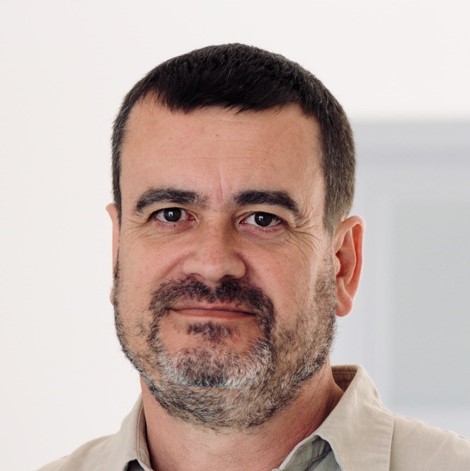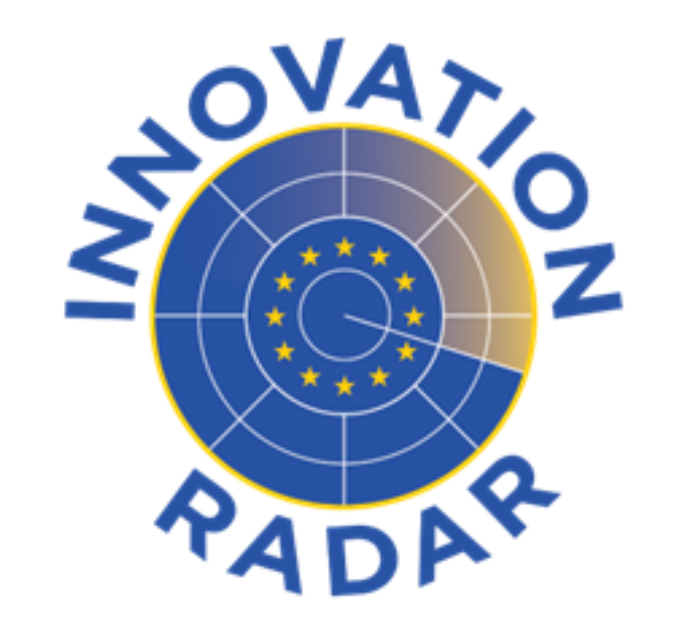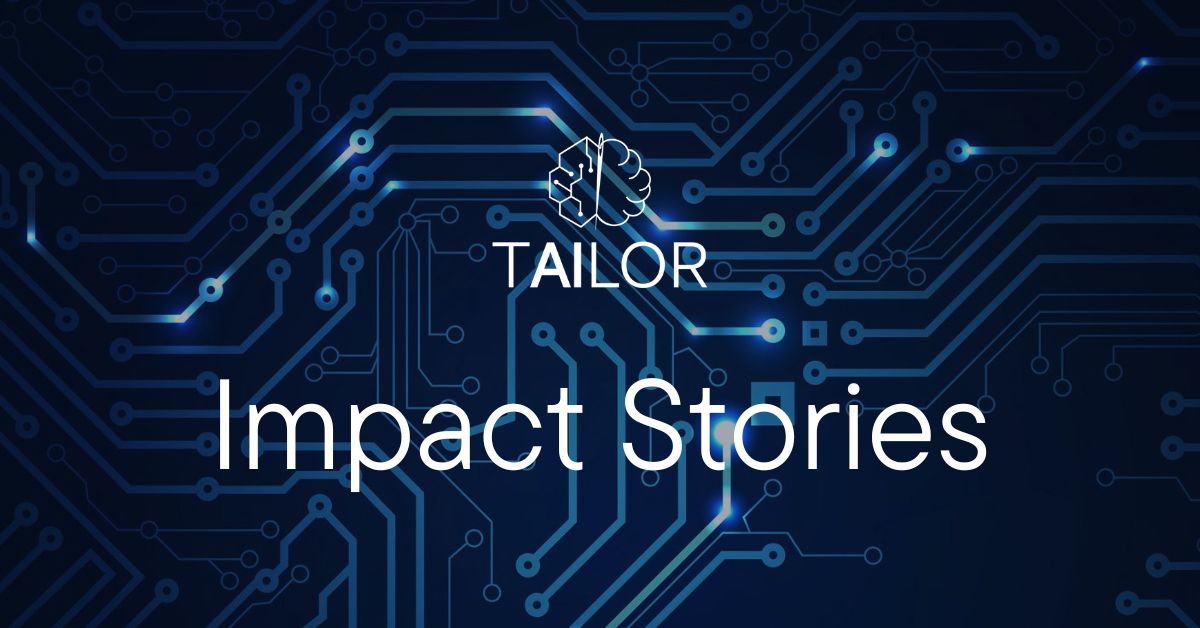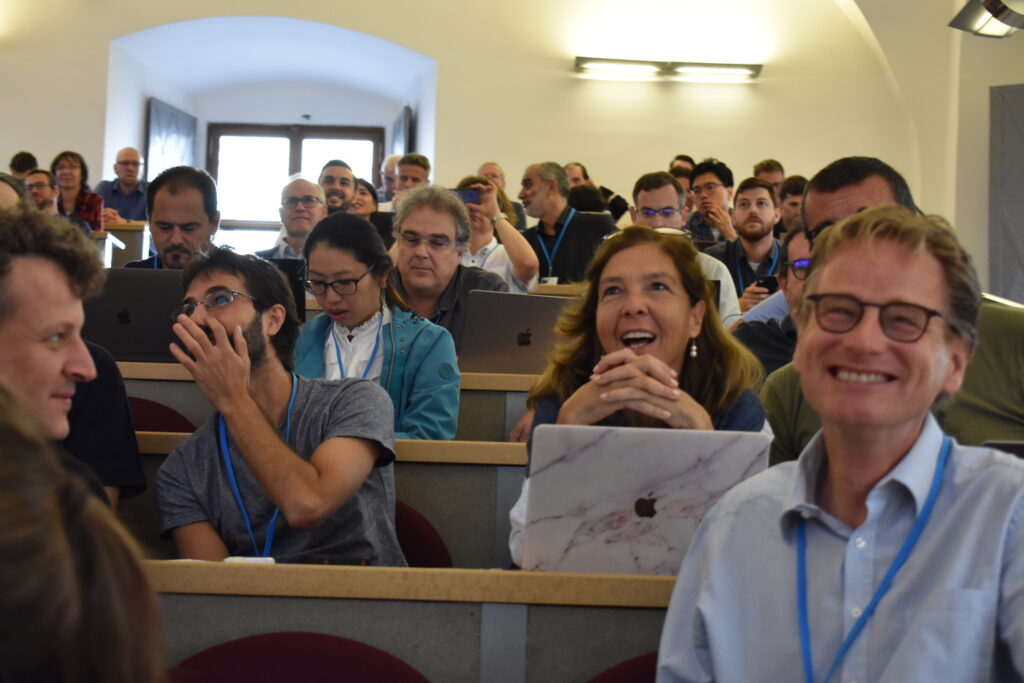AI-powered collaboration tools can be used to find new and exciting collaborations and collaborators within the research community. As the TAILOR Network is tasked with developing trustworthy AI, making use of AI tools to further AI research leads to both new exciting opportunities and allows the researcher to put theory into practice. Leading the charge and responsible for the development and deployment of these tools within the TAILOR Network are Miquel Perello-Nieto and Peter Flach at the University of Bristol.
One of the first AI-powered collaboration tools is called SubSift and was originally designed to assign reviewers to articles sent for publication in several major data mining conferences. As part of the development process, SubSift was also used to match a text query to the different expertise of the TAILOR partner leads, to show the search capabilities using internal data. A live demonstration of the tool can be found online.
Another unique feature of the SubSift AI tool is that it offers explainability by giving insight as to why it makes its recommendation. This, coupled with the fact that it is not allowed to hallucinate, makes it compliant to the guidelines of trustworthy AI and provides transparency.


Pushing these capabilities even further, the team was using SubSift together with SynTeam (a tool developed by a group of researchers led by Carles Sierra at IIIA-CSIC, Barcelona) to find synergies and teams to work with on similar topics at the TAILOR Network summer school and at two TAILOR Conferences.
– SubSift was also used at the 3rd TAILOR conference to discover potential connections among attendees with favourable results, explains Perello-Nieto, so we think there is great potential for applying them to the research community at large.

SubSift
SubSift is a collection of tools developed in Bristol for matching academic researchers and text. It works by converting text documents to a bag-of-word (BoW) representation using term frequency-inverse document frequency (TF-IDF) and calculating pairwise cosine similarities. For researchers, publication titles as listed on their DBLP computer science bibliography page are converted to BoW. SubSift was highlighted by the European Commission’s Innovation Radar as an excellent innovation.
The use of SubSift to assign reviewers to scientific articles and conference contributions reduces time spent matching papers and reviewers, and greatly increases the quality of matching. And when using both tools for collaborations and suggesting networking activities, the feedback from participants was overwhelmingly good and positive, with 66 % of the researchers that discovered each other through SubSift saying that they would be open to collaborating, and 96 % agreed that it had added value to their professional network. Providing further encouragement is the fact that SubSift was highlighted by the European Commission’s Innovation Radar as an excellent innovation.
The positive outcome of the pilot testing lends credence to the utility of the tool, and going forward the hope is that more AI researchers integrate these AI tools – accelerating the reviewing process and enabling better and more relevant networking and collaborations.
– We think this holds great promise, and anything that can help us as a community to spend more time on research and exchanging ideas with our peers the better, says Flach, hoping to facilitate more research and less admin.
To continue building on the successful trials of SubSift and SynTeam, there would need to be deployment on a larger scale, and integration into more widely adopted review management tools, as well as seeing adoption of these systems and the go to networking and collaboration tool for conferences and large events.
– There are somewhat similar tools on the market, and this may be more of a step up than a complete reinvention, summarizes Perello-Nieto and Flach, but we do think that it speaks to the incredibly broad range of fields and instances where AI can be used to create greater efficiency, and how important it is that we continue to explore all of those venues.
SynTeam
Subsift and SynTeam was used at several TAILOR conferences and summer schools to create diverse and creative teams. SynTeam* is based on the Post-Jungian Personality theory for team composition, which has been shown to improve the performance of teams in various studies. A set of questions was completed by all participants, to evaluate psychological functions, psychological attitudes. The result is 16 possible combinations forming a personality used for creating teams.
*Ewa Andrejczuk, Juan A Rodríguez-Aguilar, Carles Sierra, Carme Roig, and Yolanda Parejo-Romero. Don’t Leave Anyone Behind: Achieving Team Performance Through Diversity. In 2018 IEEE Frontiers in Education Conference (FIE), pages 1–9, 2018.
About the researchers:
Miquel Perello-Nieto has been a Research Associate at the University of Bristol since 2015, and is a researcher of Work Package 9 Network Collaboration in the TAILOR project.
Peter Flach has been a Professor of Artificial Intelligence at the University of Bristol since 2003, and is the leader of Work Package 9 Network Collaboration in the TAILOR project.
Carles Sierra is the Director of the Artificial Intelligence Research Institute (IIIA) of the Spanish National Research Council (CSIC) in Barcelona, and the President of EurAI, the European Association of Artificial Intelligence.

